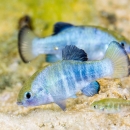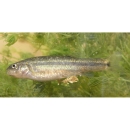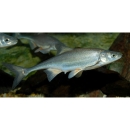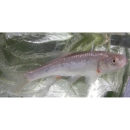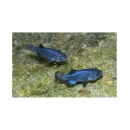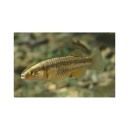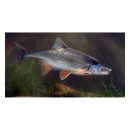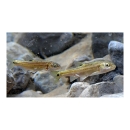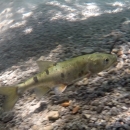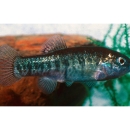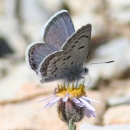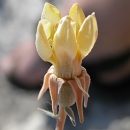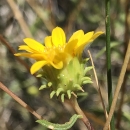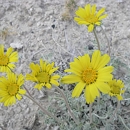Featured Species
Before a plant or animal species can receive protection under the Endangered Species Act Of 1973 (As Amended), it must first be placed on the federal list of endangered or threatened species. Our listing program follows a strict legal process to determine whether to list a species, depending on the degree of threat it faces. An endangered species is one that is in danger of extinction throughout all or a significant portion of its range. A threatened species is one that is likely to become endangered in the foreseeable future. The Service also maintains a list of plant and animals native to the United States that are candidates for proposed or possible addition to the Federal list. All of the Service's actions - from proposals, to listings, to removals (delisting) - are announced through the Federal Register. The purpose of the Act is to provide a way to conserve and protect the ecosystems upon which fish, wildlife and plants rely. This Act, and its implementing regulations, 50 CFR, Part 17, gives the Secretary of the Interior the authority to determine if a species is threatened or endangered because of the following factors:
- Present or threatened destruction, modification, or curtailment of its habitat or range;
- Overutilization for commercial, recreational, scientific, or educational purposes;
- Disease or predation;
- The inadequacy of existing regulatory mechanisms; and
- Other natural or manmade factors affecting its continued existence.
In addition to listing species and subspecies, the Endangered Species Act allows the listing of Distinct Population Segments (DPS) of vertebrate species (i.e., animals with backbones: mammals, birds, fish, reptiles, and amphibians). A DPS is a portion of a species' or subspecies' population or range. The DPS is generally described geographically, such as "all members of XYZ species that occur north of 40E north latitude." This policy contains the criteria that must be met for a portion of a species' population to be designated as a DPS.
Read more about each of the listed species within the jurisdiction of the Southern Nevada Fish and Wildlife Office below.




